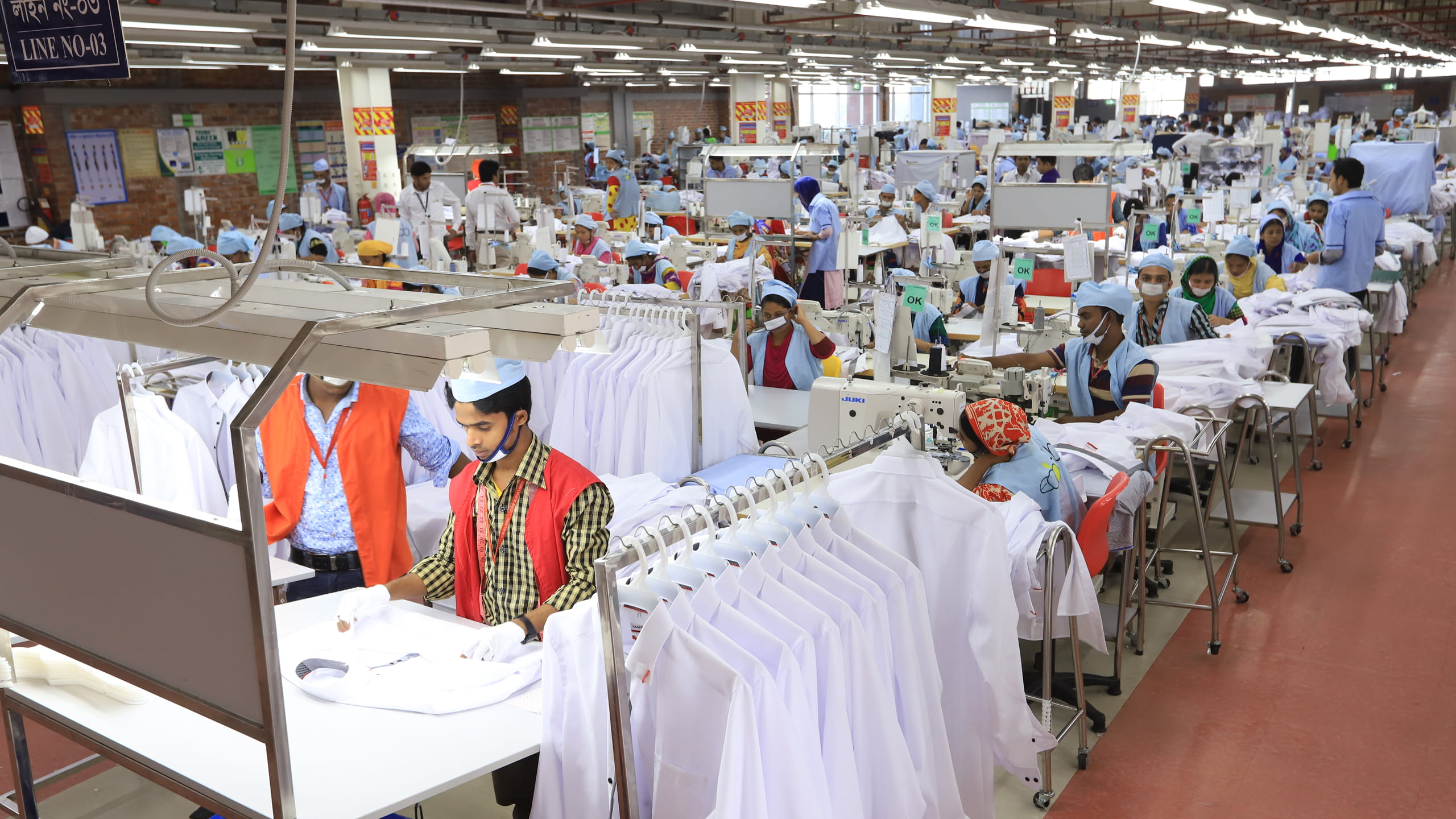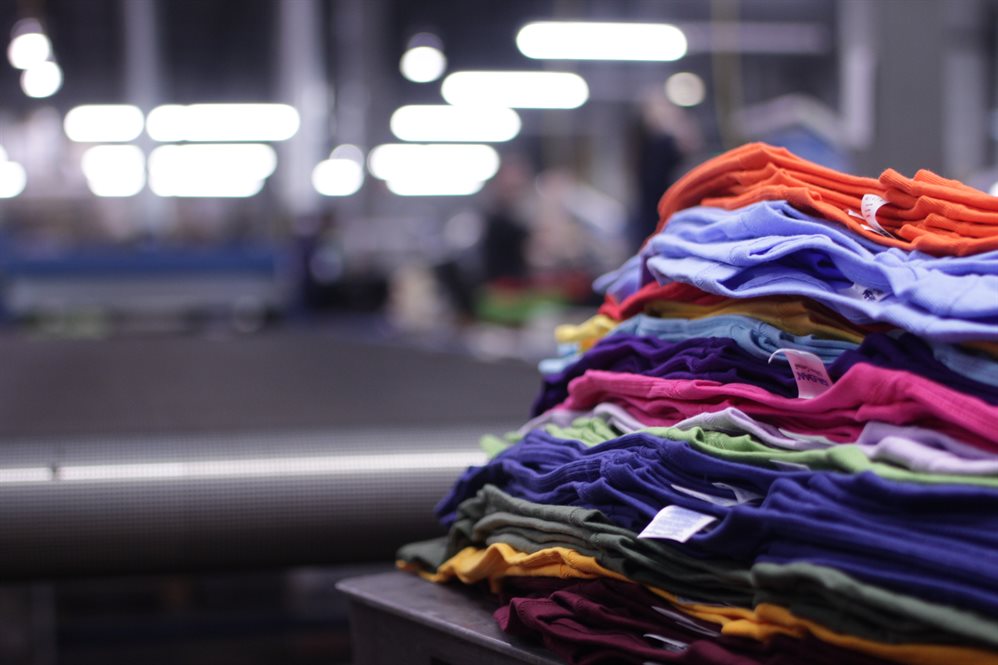
1. Introduction to Textile & Apparel Export Business
Did you know that India is the second-largest exporter of textiles and apparel in the world? The Indian textile industry contributes around 12% to the country's total exports, with major shipments going to the USA, UK, UAE, and Europe. With a rich heritage in textiles, competitive labor costs, and strong government support, India is a major player in the clothing import-export business.
If you're thinking about starting an export-import company in Ahmedabad or anywhere in India, the textile and apparel sector is one of the best options. With global demand for Indian fabrics, garments, and handcrafted textiles increasing, this sector offers excellent profit potential.
2. Why Textile & Apparel Export is a Lucrative Business?
India's textile and apparel export industry is booming, and here*s why:
? High Global Demand for Indian Textiles
Countries like the USA, Germany, UK, and UAE love Indian textiles due to their quality and affordability. In FY 2022-23, India*s textile and apparel exports stood at $44.4 billion.
? Government Support & Export Incentives
The Indian government provides various incentives like RoDTEP (Remission of Duties and Taxes on Exported Products) and EPCG (Export Promotion Capital Goods Scheme) to support textile exporters.
? Low Investment & High Profit Margins
Starting a textile export business doesn*t require a huge investment. With the right suppliers, a small-scale exporter can begin operations with as little as ?5-10 lakh and scale up over time.
? Sustainable & Organic Textile Boom
With growing awareness about sustainability, organic cotton and eco-friendly fabrics from India are in high demand globally.

3. Understanding the Indian Textile Export Market
Before jumping into the export business, it*s important to understand the market:
? Current Market Size & Growth
India*s textile industry is valued at $250 billion, and exports are expected to reach $100 billion by 2030.
? Major Textile Export Hubs in India
- Ahmedabad 每 Known for cotton and denim
- Surat 每 Famous for synthetic fabrics
- Tiruppur 每 Major hub for ready-made garments
- Ludhiana 每 Popular for woolen textiles
? Top Exported Textile Categories
- Cotton & Synthetic Fabrics
- Ready-made Garments
- Silk & Handloom Products
- Home Textiles (Bedsheets, Towels, Curtains)
4. Steps to Start a Textile & Apparel Export Business
Thinking of starting a clothing import-export business? Here*s how you can begin:
? Step 1: Conduct Market Research
Identify high-demand textile products and potential buyers. Countries like the USA, UK, UAE, Canada, and Australia are top markets.
? Step 2: Register Your Business
You need to register your company under MSME, GST, and IEC (Import Export Code) to export legally.
? Step 3: Find Reliable Textile Suppliers
Partner with manufacturers or wholesalers from Surat, Ahmedabad, Tiruppur, and Ludhiana.
? Step 4: Set Up Your Export Logistics
Choose reliable shipping and freight forwarding services. Ahmedabad, being a textile hub, offers strong logistics support for exporters.
? Step 5: Compliance & Export Documentation
Ensure all documents like Invoice, Bill of Lading, and Packing List are in order to avoid shipment delays.
5. Government Policies & Incentives for Textile Exporters
The Indian government actively supports textile exporters through various schemes:
? RoDTEP (Remission of Duties and Taxes on Exported Products)
Reimburses unrefunded taxes on exported goods, helping exporters stay competitive.
? EPCG (Export Promotion Capital Goods Scheme)
Reduces import duties on machinery required for textile production.
? PLI (Production Linked Incentive) Scheme for Textiles
Offers financial incentives to boost manufacturing and exports of man-made fibers and technical textiles.
? State-Level Textile Policies
Gujarat, Maharashtra, Tamil Nadu, and Karnataka offer additional subsidies for textile exporters.
6. Export Documentation & Compliance for Textile Business
To smoothly run your textile export business, you must handle important documentation like:
? Import Export Code (IEC) 每 Mandatory for all exporters? Shipping Bill 每 Required by customs for clearance? Bill of Lading/Airway Bill 每 Proof of shipment? Certificate of Origin 每 Required for preferential trade agreements
Additionally, adhering to international quality standards like ISO, OEKO-TEX, and GOTS can help improve credibility.
7. Finding International Buyers for Your Textile & Apparel Business
To succeed in clothing import-export, you need a strong network of buyers. Here*s how to find them:
? Participate in International Textile Fairs
Trade shows like Heimtextil (Germany), MAGIC (USA), and India Tex Trend Fair (Japan) are great for networking.
? Use B2B Platforms
Register on Alibaba, TradeIndia, IndiaMART, and Fibre2Fashion to connect with global buyers.
? Leverage Digital Marketing
Create a website showcasing your textile products and invest in SEO & social media marketing.
? Partner with Export Promotion Councils
Join AEPC (Apparel Export Promotion Council) and Texprocil (Cotton Textile Export Promotion Council) to access government-backed buyer databases.
8. Logistics & Shipping for Textile Exports
Managing logistics is crucial in the textile export business. Here*s how you can optimize it:
? Choose the Right Transport Mode 每 Air for small, high-value shipments; sea for bulk exports.? Use Cost-Effective Freight Forwarders 每 Helps reduce transportation costs.? Understand Incoterms 每 Terms like FOB (Free on Board), CIF (Cost, Insurance, Freight) impact shipping costs.
9. Challenges in the Textile & Apparel Export Business
While textile exports are profitable, there are challenges like:
? Global Competition 每 Countries like China, Bangladesh, and Vietnam offer cheaper alternatives.? Fluctuating Raw Material Costs 每 Cotton and synthetic fiber prices are volatile.? Trade Restrictions & Tariffs 每 Many countries impose import duties on Indian textiles.? Sustainability & Environmental Concerns 每 Global buyers prefer eco-friendly and ethical manufacturing.
To tackle these, focus on quality, innovation, and sustainability.
10. Future Trends & Opportunities in Textile & Apparel Exports
The future of textile export business looks bright! Emerging trends include:
? Eco-Friendly & Organic Textiles 每 Global buyers prefer sustainable fabrics.? Smart Textiles & Wearable Technology 每 Innovative products like self-cleaning fabrics are gaining popularity.? E-Commerce & D2C Exporting 每 Selling directly to customers via platforms like Amazon Global Selling.? Luxury & Designer Wear Exports 每 The demand for high-end, handwoven Indian fabrics is growing.
11. Conclusion: Why Now is the Right Time to Start a Textile & Apparel Export Business?
India*s textile and apparel industry is growing at a rapid pace, with strong government backing and increasing global demand. If you*re looking for a profitable business with high export potential, this is the right time to start your textile export business!
Want to learn more? Consider enrolling in export-import business training to understand the technicalities of global trade. With the right approach, you can build a successful clothing import-export business from India.














